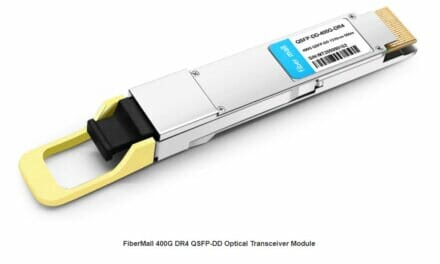Cyber-physical systems integrate communication, control capabilities, and computing with procedures. With the help of cyber-physical systems, companies are able to bring the real world into the digital environment. With the help of the systems, they are able to do tests, simulations, and predictions, which come with many gains that make a business competitive.
Many industries, including transportation, healthcare, energy, and manufacturing, are on board with the systems for various applications, mostly the control and monitoring of physical processes.
Essentially, cyber-physical systems want to enhance the technology, networks, and processes to achieve a seamless integration of physical and cyber systems. It is also important to note that while cyber-physical systems are beneficial, their applications are prevalent in the manufacturing and technology sectors. Just like using Spooky Halloween free spins in your gaming activity, CPS comes with financial advantages.
So, what are the benefits of these systems?
- Enhanced Efficiency
Using cyber-physical systems, companies can optimize their processes and operations to enhance the reliability and efficiency of their systems. For instance, using an industrial control system, a company can track production processes in real time, reducing wastage.
CPS can also provide accurate data that companies can use to make informed decisions faster. When the systems provide data that support predictive maintenance, businesses are able to identify and fix issues even before they arise. As a result, they will experience less downtime and spend less on repairs.
- Improved Monitoring and Control
CPS allow for real-time control and monitoring of physical systems. Businesses that use real-time monitoring are able to track network activity and identify issues as they arise.
They also support detailed and faster data collection, giving the company a high volume of valuable information and increasing operational efficiency. The company is able to enjoy cost savings as real-time monitoring and control considerably cut down the labor required to carry out routine operations.
In addition to easy change management, improved monitoring and control allow prompt problem response, increasing uptime.
- Increased Safety
Through real-time monitoring of processes and prompt response to risk, companies can enjoy increased safety in their operations. For instance, today, autonomous vehicles use control systems and sensors to prevent collisions and other hazards. The same CPS applications work in manufacturing plants.
Implementation of cyber-physical systems, therefore, can help companies ensure that the staff are safe and avoid liability for accidents.
- Increased Flexibility
Using cyber-physical systems, companies can boost the flexibility of production systems. Using CPS, companies can enhance the design and operation of systems. A good example is the smart grid system, which using CPS, can be designed to be more adaptable to changing production demands and resilient.
- Reduced Costs
Implementing cyber-physical systems can help businesses reduce costs, especially those associated with repair and maintenance. Compared to manual systems, automated systems are more reliable and often require less repair and maintenance.
CPS can, therefore, allow businesses to allocate resources to operations with more impact on the company’s bottom line, leading to operational savings. In addition to cost savings, CPS can help businesses increase their revenue.
Remember that automated processes tend to be more accurate compared to manual ones. This results in the production of high-quality products and increased customer satisfaction, resulting in more sales and higher profits.
The implementation of cyber-physical systems has many operational and financial benefits for companies. Automation through cyber-physical systems increases safety, reduces labor costs, reduces repair costs, increases scalability, and boosts revenue.
Businesses looking to maximize profitability by increasing operational efficiency should consider implementing CPS.
How to Implement Cyber-Physical Systems in an Organization
Here are the steps businesses can take to adopt CPS in their operations.
- Highlight Organizational Needs
Businesses should first identify their needs and take notes of those that CPS can address. It could be automating operations, increasing process safety, or enhancing production efficiency.
- Evaluate the Feasibility of Adopting the Systems
How feasible is implementing cyber-physical systems in your organization? Does the move make economic sense, or can the business afford it? Another question you should ask is whether the company has the necessary technology, tools, and expertise to implement CPS.
- Identify the Requirements
You are now in touch with the businesses and determine the project feasibility. The next step would be to highlight the requirements of the system. Identify the reliability and performance requirements and the technologies and components required for an operational system.
- Design the Cyber-Physical System
Using your defined requirements, design the system. The process could involve integrating technologies and components with control and communication systems linked to physical processes.
- Test the System
After designing the system, test it. Testing can only happen through implementation, and the goal is to ensure it works as intended. You can run simulations and pilot tests to authenticate the system’s reliability and performance.
- Deploy the System
After you validate the performance, you can move to deploy the system. This will be followed by close monitoring to ensure that the CPS is performing as required. The process often involves integrating monitoring and analysis tools that will help the business identify how to optimize the system performance.
Take Away
Smart grids, autonomous vehicles, and industrial control systems constitute cyber-physical systems. CPS could also be a collection of complex systems that combine various technologies and components.
Overall, these systems are designed to benefit organizations by enhancing productivity and efficiency, increasing production quality, and improving real-time monitoring and control, all for the financial benefit of the organization.















